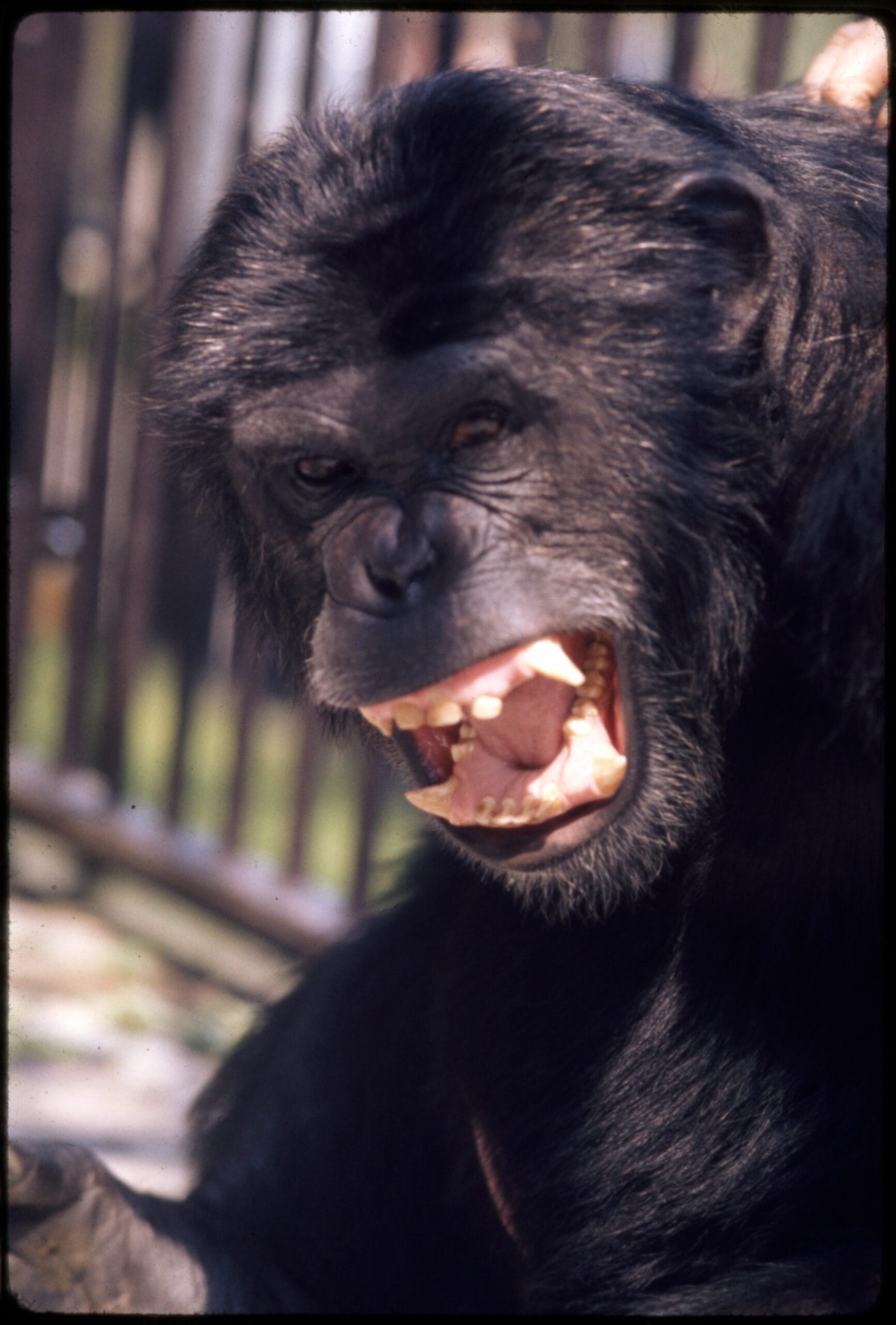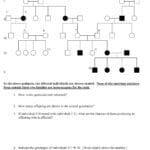From Cameroon to the Cosmos: A Chimp’s Journey
Imagine a young chimpanzee, born in the heart of Cameroon’s forests, completely unaware of the remarkable journey that lay ahead. This was Ham’s life before he became “Ham the Chimp” – a pioneer astronaut and the first primate to journey into space. His daring mission in 1961 would not only make history but also open the door for humanity’s own ventures beyond Earth. Join us as we explore Ham’s incredible story, delving into the triumphs, the ethical considerations, and the legacy that continues to shape our understanding of space exploration and our responsibilities to all creatures involved.
Blast Off! Ham’s Daring Flight
Selected from a group of chimpanzees, Ham was whisked away from his familiar surroundings to the unfamiliar world of Holloman Air Force Base. It was here that his remarkable transformation began. He underwent rigorous training, learning to operate levers and respond to signals – crucial skills for the demanding environment of space.
On January 31, 1961, the day arrived. Strapped into the Mercury-Redstone 2 capsule, Ham was launched into the vast unknown. His mission? To help determine if humans could not only survive but also perform tasks in the harsh conditions of space. The flight was a whirlwind – 16.5 minutes that saw Ham endure intense G-forces, weightlessness, and even a momentary loss of cabin pressure. Yet, through it all, Ham performed his tasks, proving that living beings could withstand the rigors of space travel.
A Hero’s Welcome – and a Legacy Ignited
Back on Earth, Ham became an instant celebrity. His story captivated the world, igniting a sense of wonder and possibility. But it also sparked a crucial conversation about the ethics of animal involvement in scientific research – a debate that continues to this day.
Ham spent his later years at the National Zoo in Washington, D.C., and then at the North Carolina Zoo, where he lived until 1983. Though his time in space was brief, his legacy is profound. Ham’s journey not only advanced our understanding of space travel but also forced us to confront the responsibilities we bear for all creatures involved in scientific endeavors. As we continue to explore the universe, Ham’s story serves as a powerful reminder of the importance of ethical consideration and our obligation to ensure the welfare of all life in the pursuit of knowledge.
What Happened to Ham the Chimpanzee?
After his daring mission, Ham transitioned from the extraordinary to a quieter life. He was moved from the intensity of the space program to the more familiar setting of the National Zoo in Washington, D.C., marking the beginning of his retirement.
His time at the National Zoo was significant, as it placed him in the public eye and spurred conversations about animal welfare. Later, Ham was relocated to the North Carolina Zoo. Sadly, in 1983, at the age of 26, Ham passed away. His remains were laid to rest at the New Mexico Space Hall of Fame, a fitting tribute to a remarkable pioneer.
Ham’s story continues to resonate today, prompting us to grapple with the ethical implications of our scientific pursuits. While his journey pushed the boundaries of space exploration, it also underscored the importance of responsible and ethical treatment of animals involved in research. It’s a conversation that continues to shape our approach to scientific progress.
What Did Ham the Chimp Prove?
Ham’s 1961 spaceflight was a pivotal moment in our understanding of what was possible beyond Earth. His mission provided crucial insights and paved the way for future human space exploration.
Here’s what Ham’s journey helped prove:
- Survival in Space: Before Ham, there were numerous unknowns about the effects of spaceflight on living organisms. His survival demonstrated that space travel was possible, not just for mechanical devices but for living beings. It suggested that humans, too, could withstand the challenges of space.
- Task Performance in Microgravity: Ham’s ability to perform tasks, like pulling levers in response to light cues, during his flight was remarkable. It suggested that cognitive function could be maintained in space, a crucial finding for future human astronauts who would need to pilot spacecraft and conduct experiments.
- Invaluable Physiological Data: Ham’s journey provided scientists with a wealth of data about the physiological effects of spaceflight on primates. This data proved essential in designing safer spacecraft and mission protocols for human astronauts.
Ham’s mission was a success not only for its scientific advancements but also because it sparked a conversation about the ethical treatment of animals in research. While his flight provided valuable insights, it also highlighted the complex moral questions surrounding the use of animals in scientific endeavors.
How Long Did Ham the Chimp Live?
Born in the wilds of Cameroon in 1957, Ham’s life took an unexpected turn when he was captured and brought to the United States for the space program. Chosen for his intelligence and adaptability, he began an intense training regimen at Holloman Air Force Base in preparation for a groundbreaking mission.
Ham’s moment of truth arrived on January 31, 1961, when he became the first chimpanzee to journey into space aboard the Mercury-Redstone rocket. His successful flight lasted 16 minutes and 39 seconds, during which he experienced weightlessness and endured the intense forces of launch and re-entry.
Upon his triumphant return to Earth, Ham’s role in space exploration came to an end. He lived out his remaining years at the National Zoo in Washington, D.C., and later at the North Carolina Zoo, providing joy and fascination to countless visitors. Ham died in 1983 at the age of 26.
While Ham’s spaceflight was a significant scientific achievement, it also ignited a debate about the ethics of using animals in research. This conversation continues to shape our approach to scientific exploration and underscores the responsibility we have to balance progress with the welfare of all living creatures.
Ham’s Enduring Legacy
Ham the Chimp’s story is not just about space travel; it’s a reflection of our own humanity. His journey ignited a global conversation about animal welfare and the ethical responsibilities we shoulder as we explore the universe. Ham’s legacy reminds us that the pursuit of knowledge should always be tempered with compassion and respect for all life.
His story continues to inspire us to:
- Explore ethically: Ham’s experience encourages us to constantly evaluate and refine ethical guidelines for using animals in research to ensure their well-being.
- Seek alternatives: His story highlights the importance of exploring alternative methods to animal research whenever possible.
- Remember the pioneers: Ham’s courage should be honored by acknowledging the contributions of all animals involved in scientific advancements.
As we venture further into the cosmos, Ham’s legacy serves as a powerful reminder to learn from our past, to question our methods, and to ensure that our pursuit of knowledge is guided by both curiosity and compassion.
Did you know that the golden silk spider has been a source of inspiration for many artists? You can learn more about it by clicking on the link. And by the way, have you heard of hairless cat tattoo, an emerging trend in the tattoo community?
- Neoga: From Small-Town Illinois to Gaming Forum Fame (and Controversy) - November 22, 2024
- Muscogee County School District (MCSD) Calendar 2024-2025: Columbus, GA School Dates - November 22, 2024
- Weekend Escape to Millerton, NY: Discover Hudson Valley Charm - November 22, 2024
















1 thought on “Ham the Chimp: The First Primate in Space”
Comments are closed.